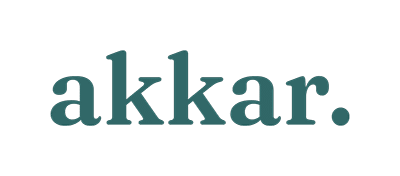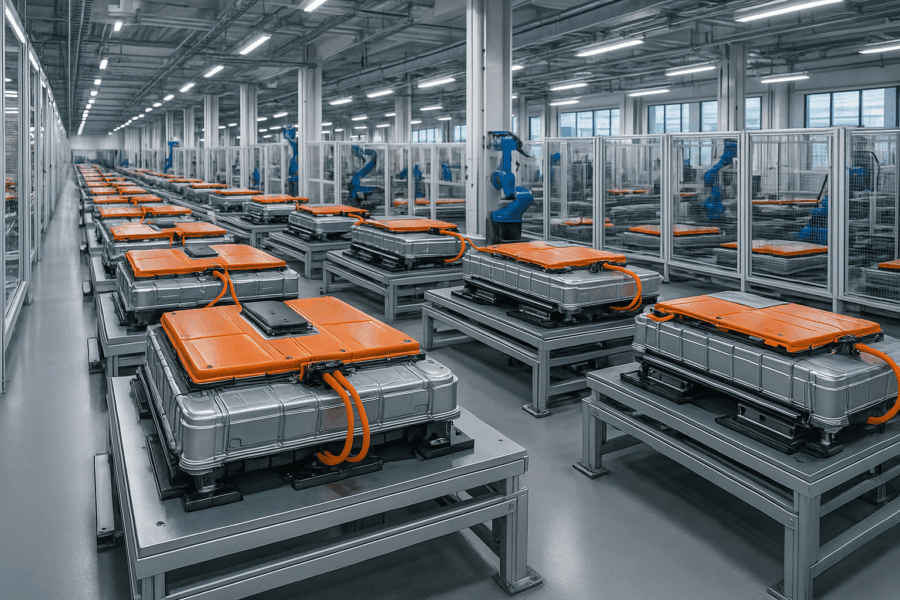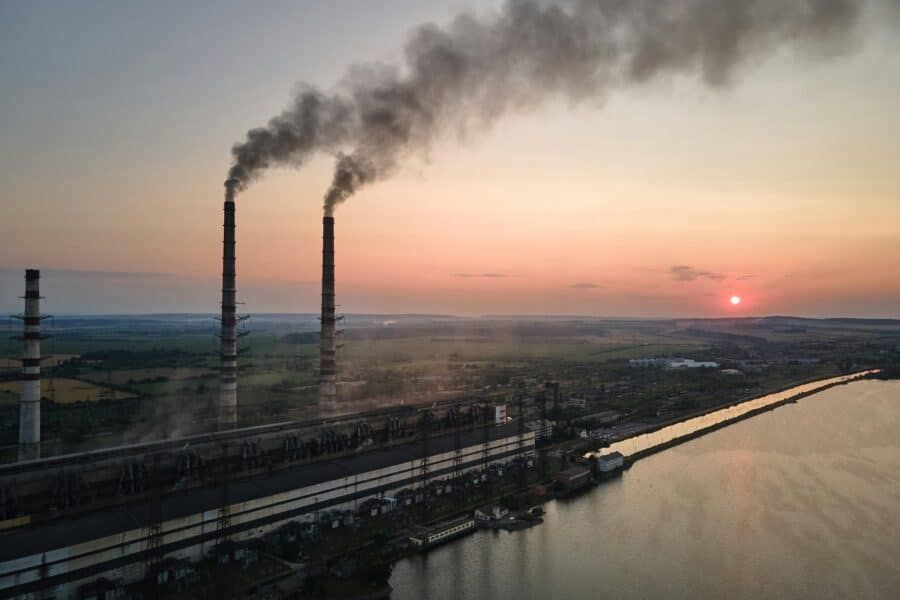From Best-Landed to Trade-Insulated: Recalibrating U.S. Sourcing Strategies
For decades, U.S. mobility procurement strategies were dominated by the best-landed cost equation: find the lowest global price, factor in freight, duties and logistics, and award to the supplier who comes out on top. It was a formula that worked…. until it didn’t.
Rising tariffs, volatile shipping costs and geopolitical friction have made the cheapest global option increasingly risky. In 2025, procurement leaders in the U.S. mobility sector are rethinking the rules. The conversation is no longer just about price, it’s about protection.
Why “Trade-Insulated“ is the New Competitive Edge
A trade-insulated sourcing strategy prioritises suppliers and production footprints that are resilient to trade disruptions; whether that means near-shoring to Mexico, leveraging U.S. suppliers or building multi-regional supply bases to avoid single-point exposure.
Benefits include:
- Tariff stability: Less exposure to sudden duty spikes.
- Faster lead times: Shorter supply chains mean reduced transit risk.
- Regulatory agility: Closer alignment with U.S. compliance and standards.
The Mobility Sector’s Unique Challenge
The mobility industry’s rapid shift toward EVs, advanced driver-assistance systems, and connected technologies has intensified competition for components, many of which still rely on specialised overseas supply. Balancing innovation with resilience now requires dual-sourcing strategies, regionalised supplier development and contract clauses that hedge against tariff volatility.
Where Procurement Leaders Are Investing in 2025
- Supplier footprint mapping to identify exposure points.
- Near-shore partnerships in Mexico and Canada for Tier-1 and Tier-2 components.
- Digital sourcing platforms that model landed cost scenarios under multiple tariff assumptions.
The Takeaway
Cost will always matter, but in today’s U.S. mobility market predictability and resilience often outweigh the last cent of savings. The winners in 2025 will be those who blend competitive pricing with sourcing structures designed to withstand political and economic headwinds.
It’s no longer “lowest landed cost at all costs.” It’s best protected, best prepared.
Want to build a more resilient supply chain? Contact Joel at j.butler@akkar.com





